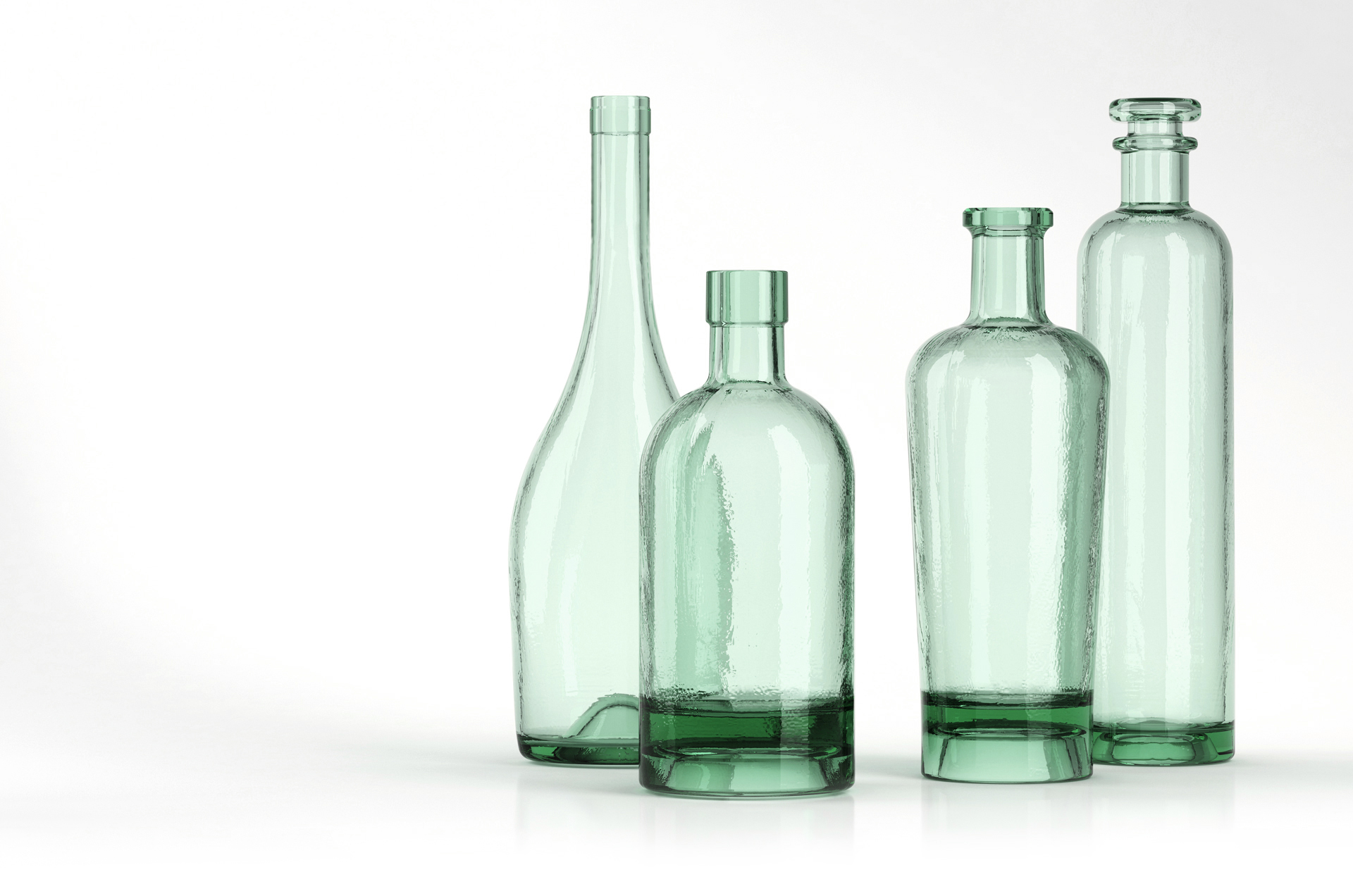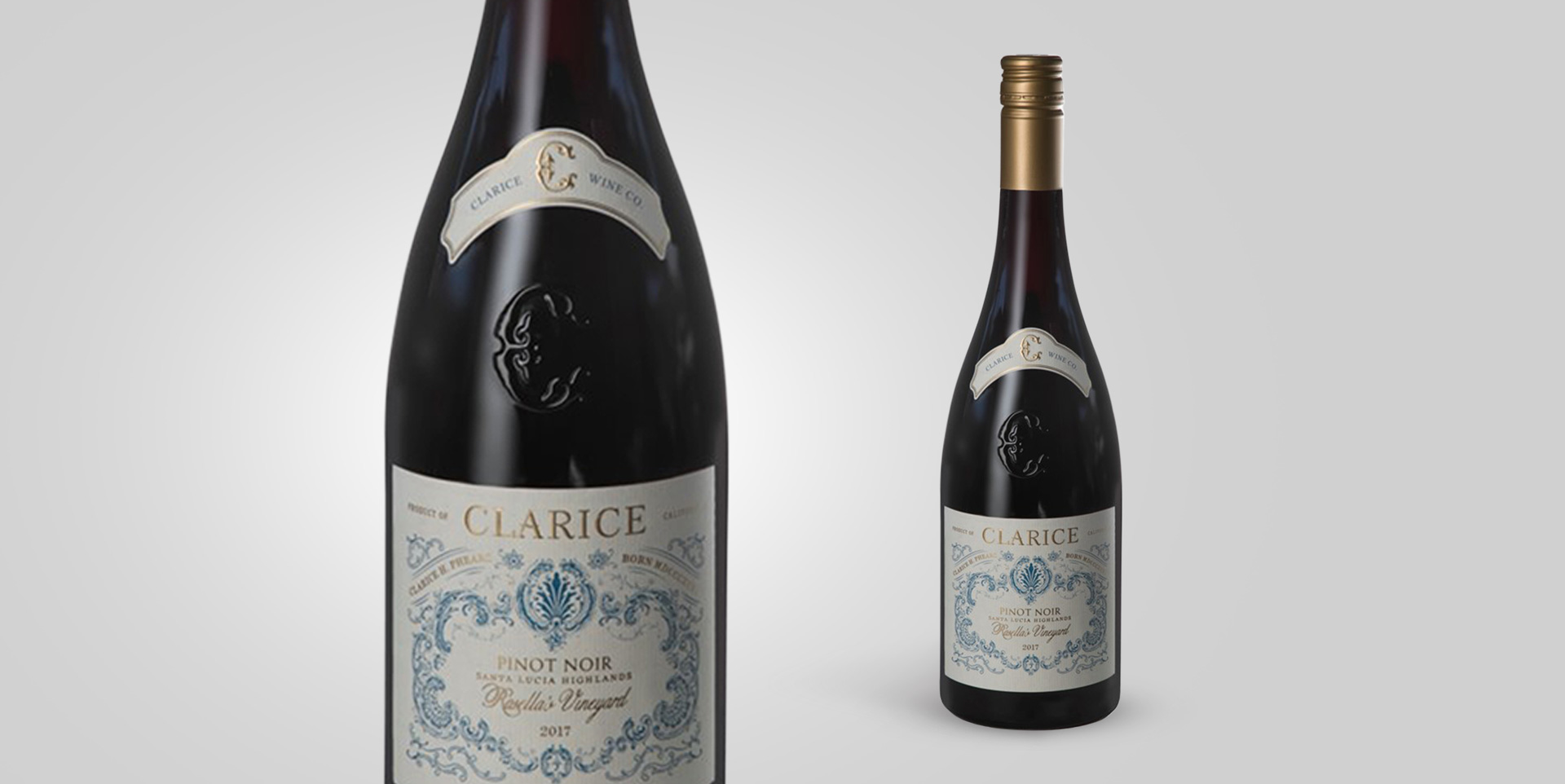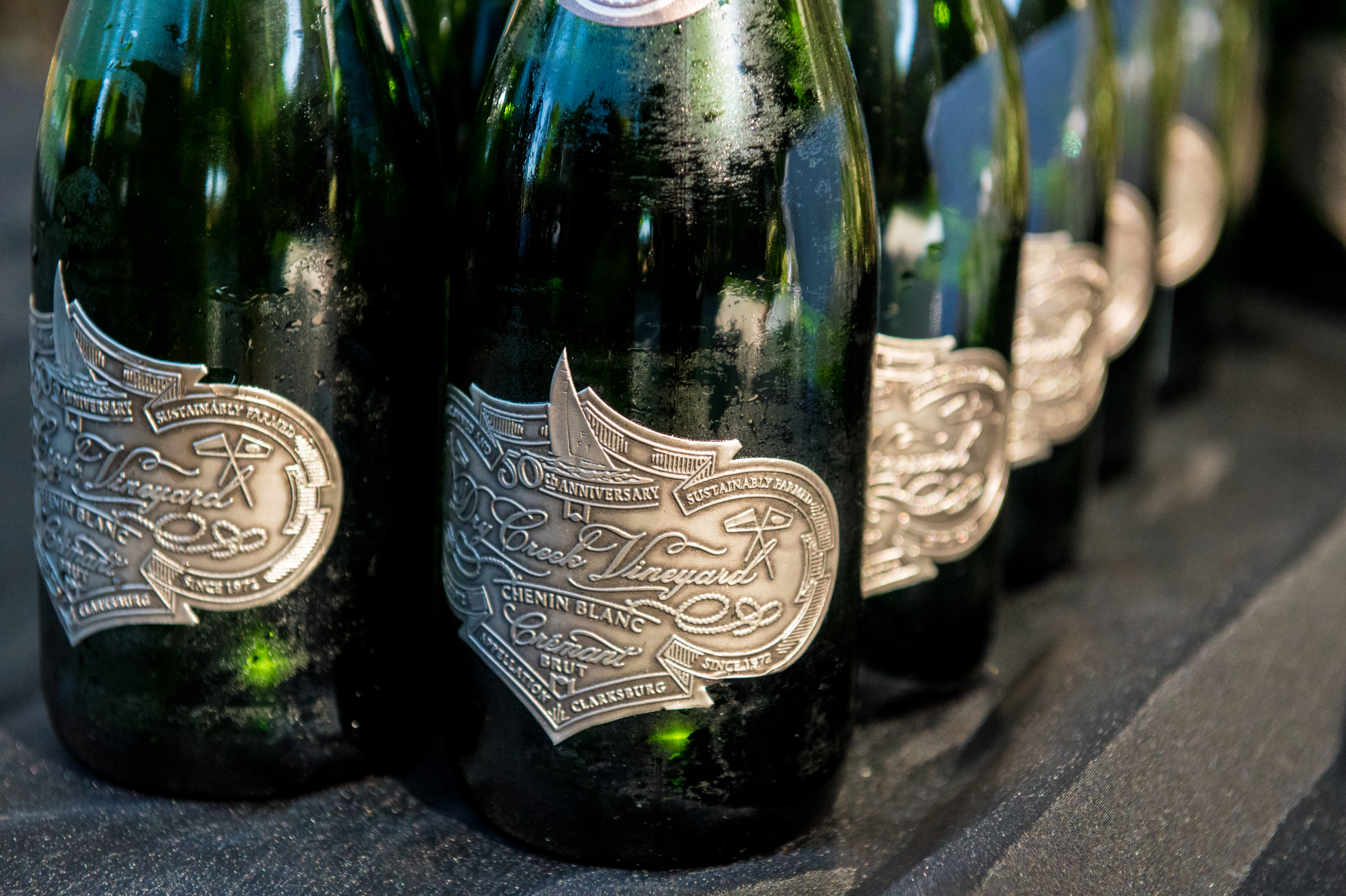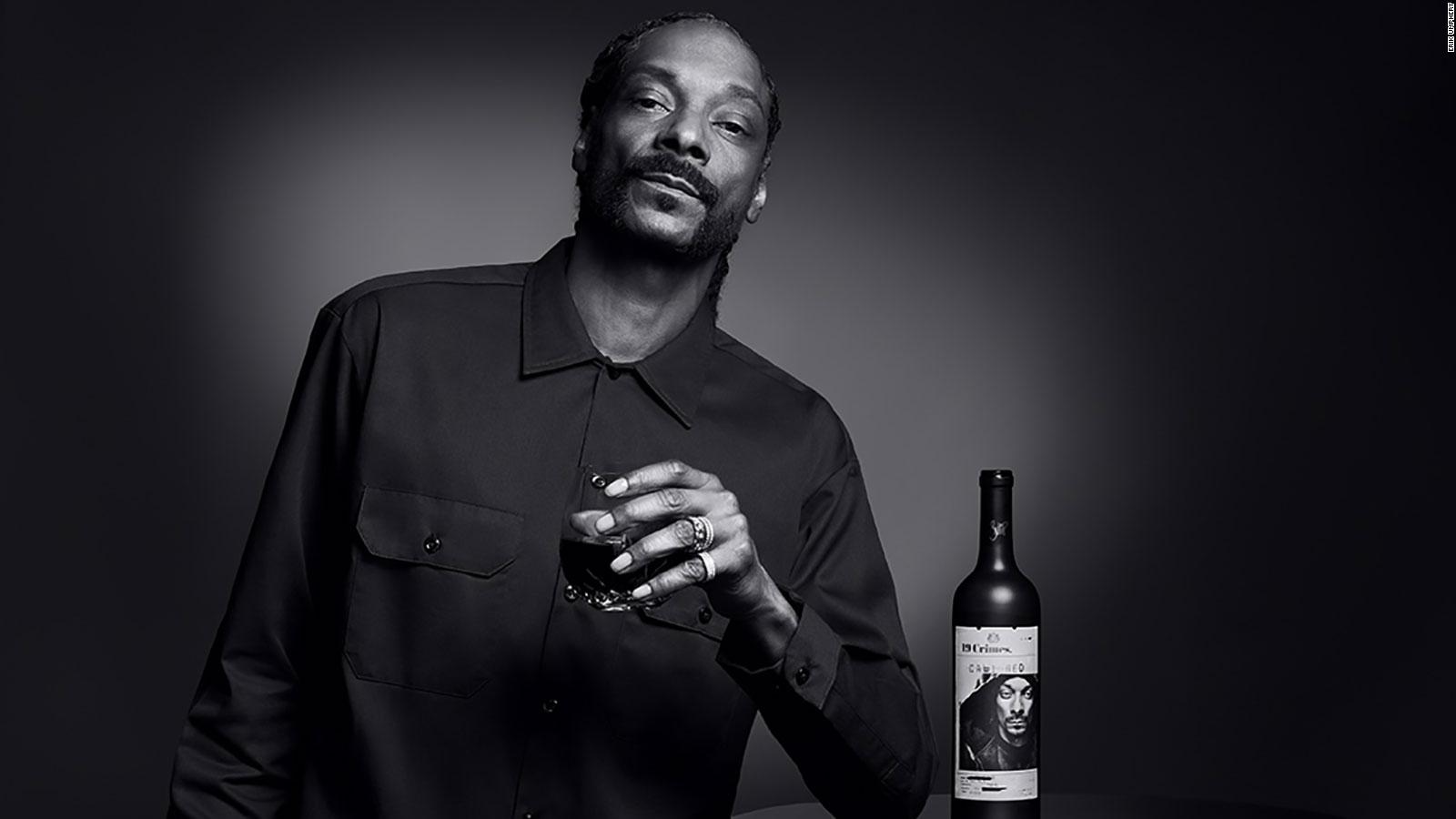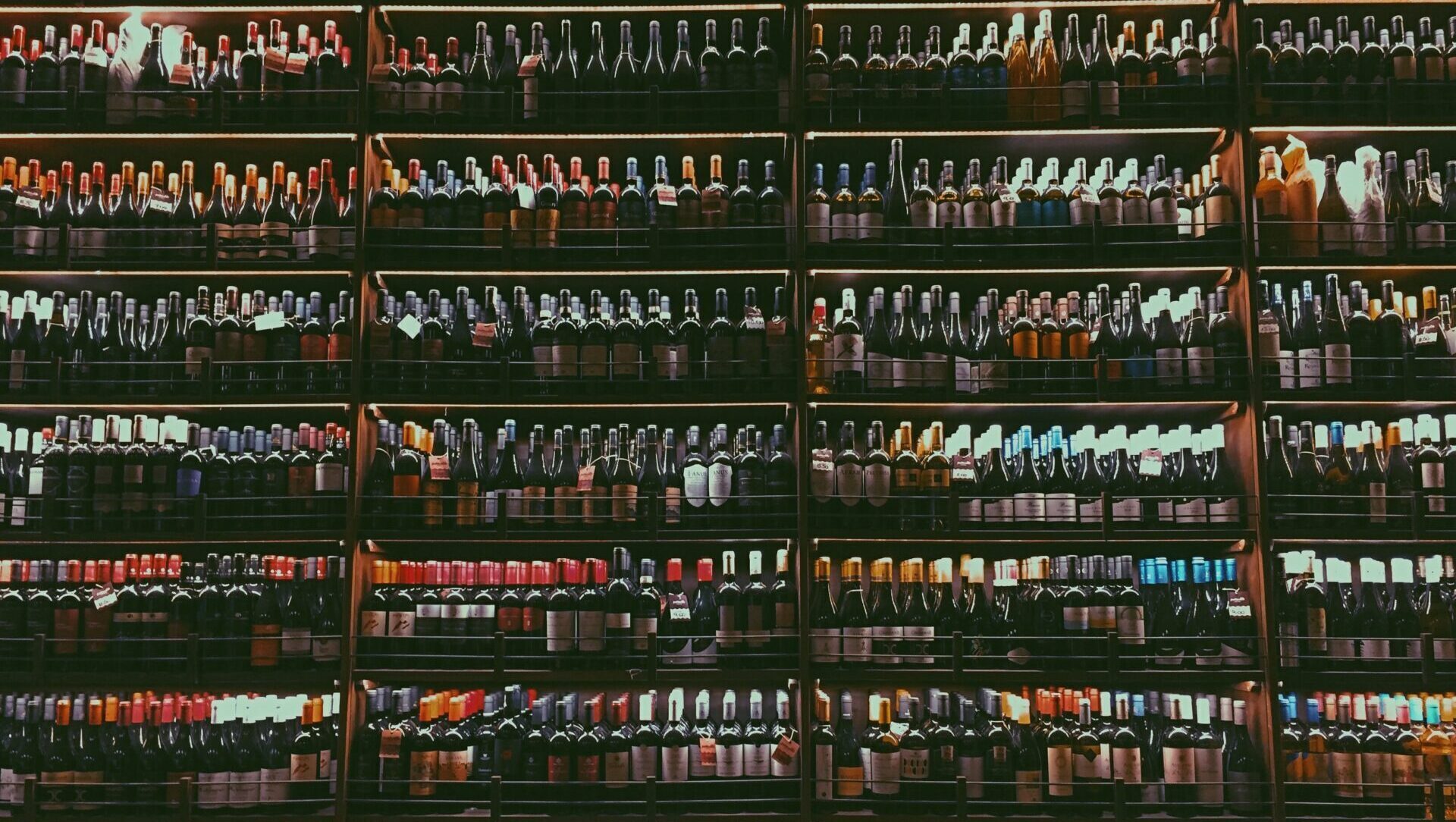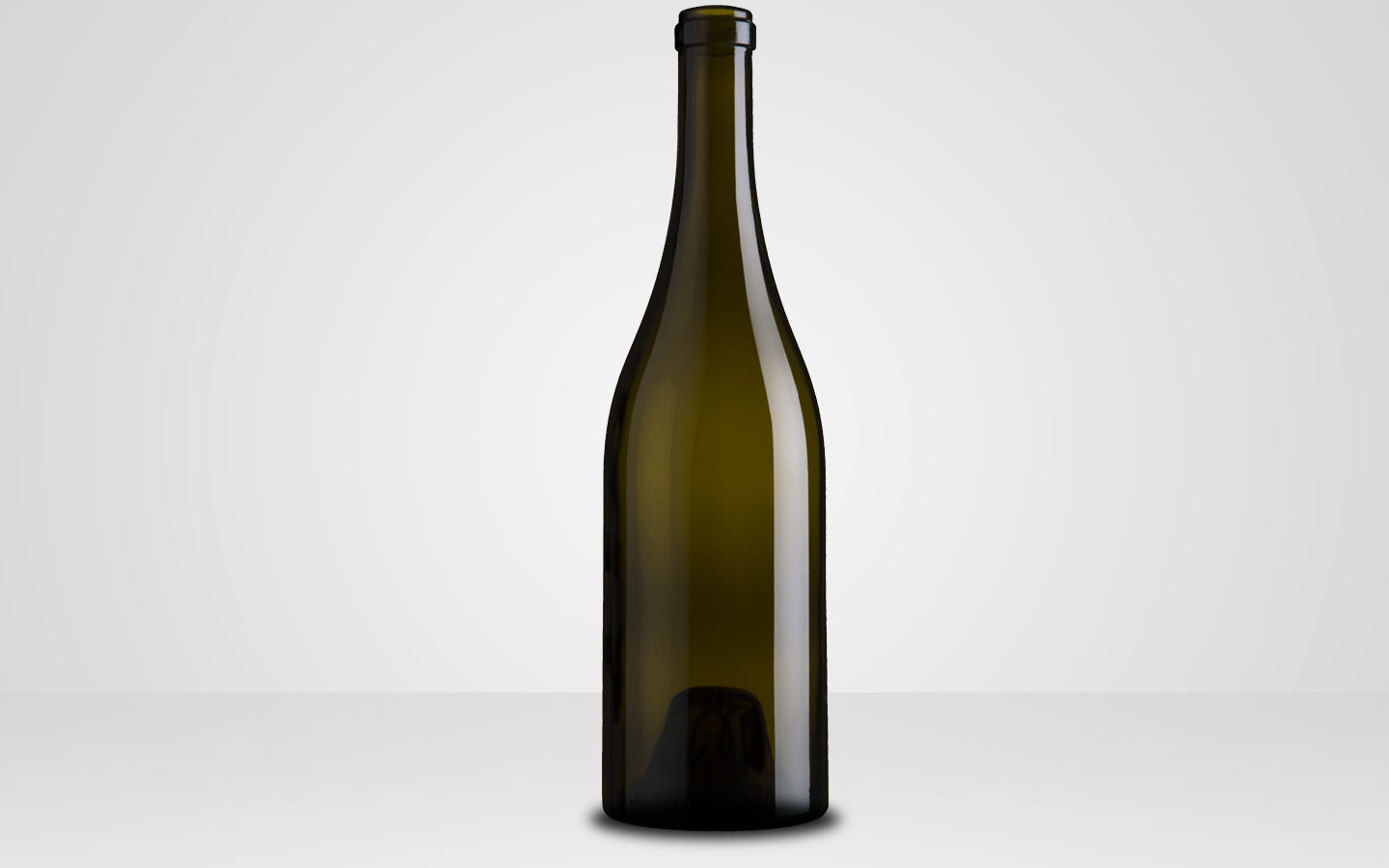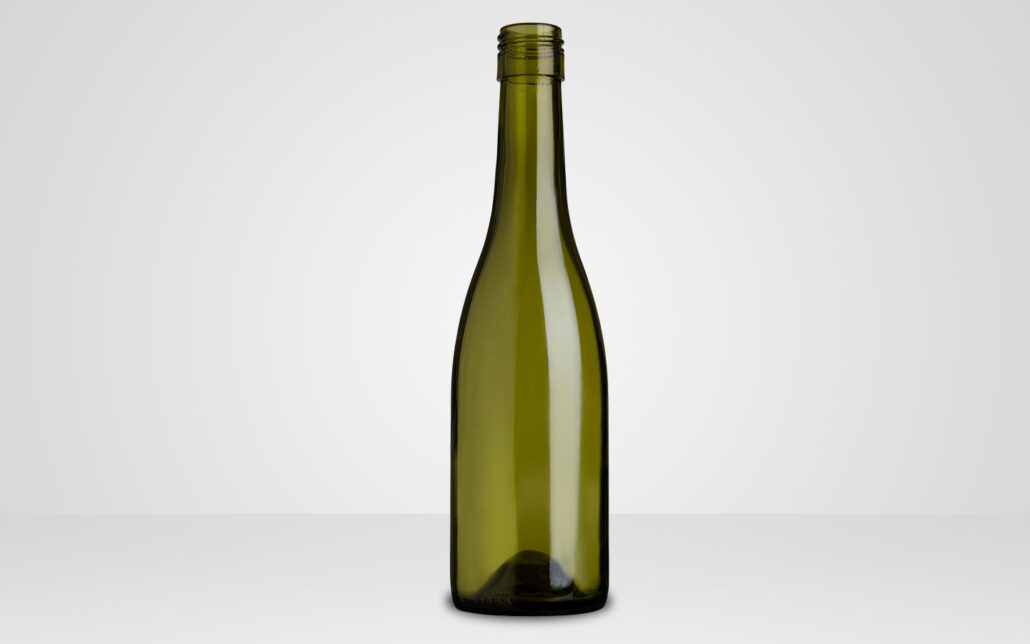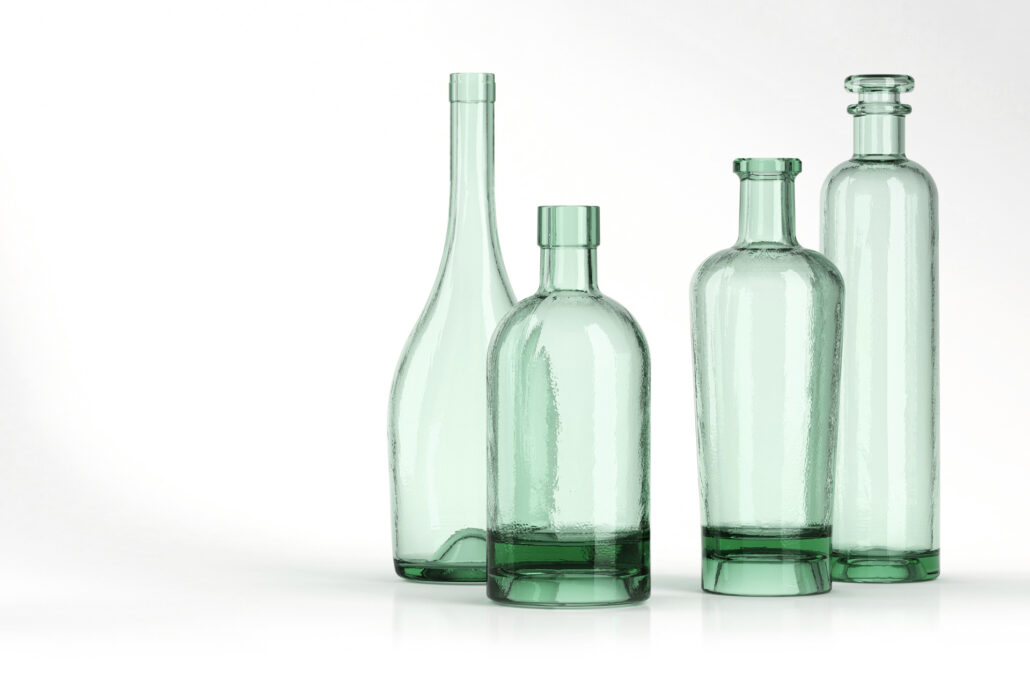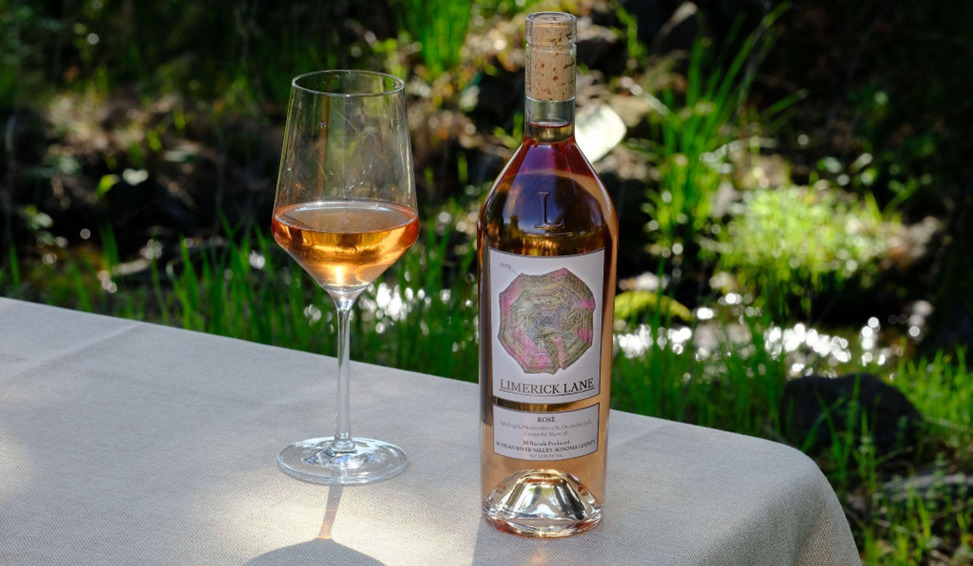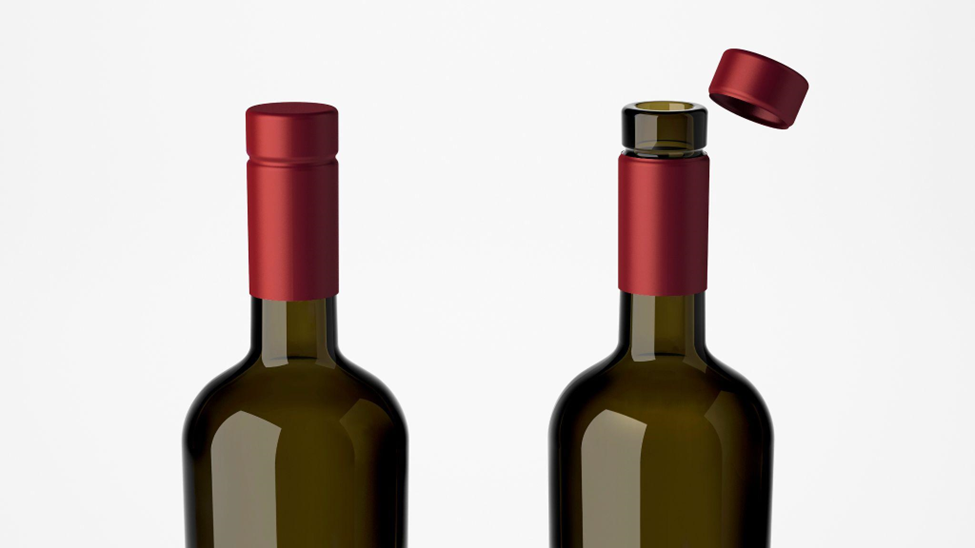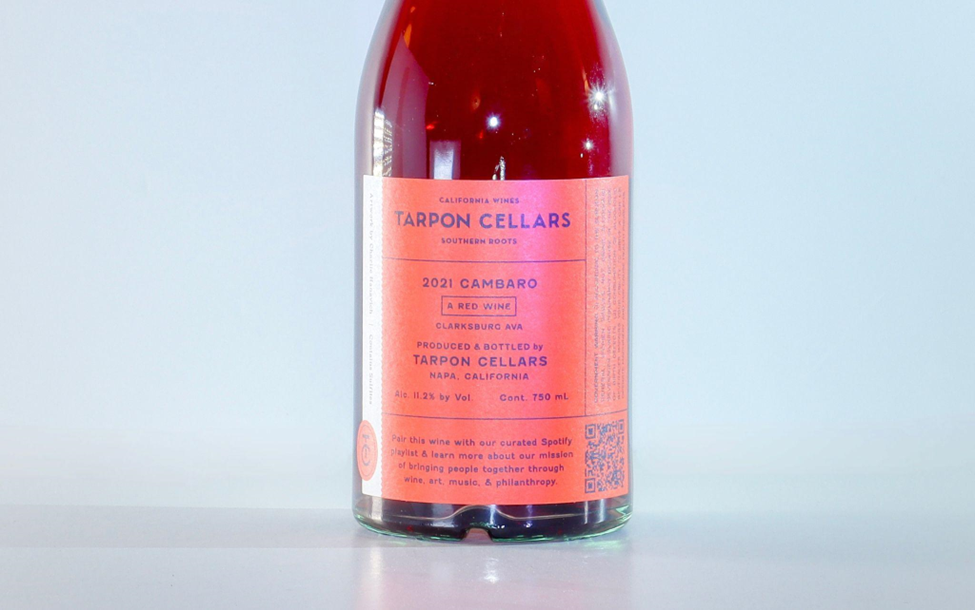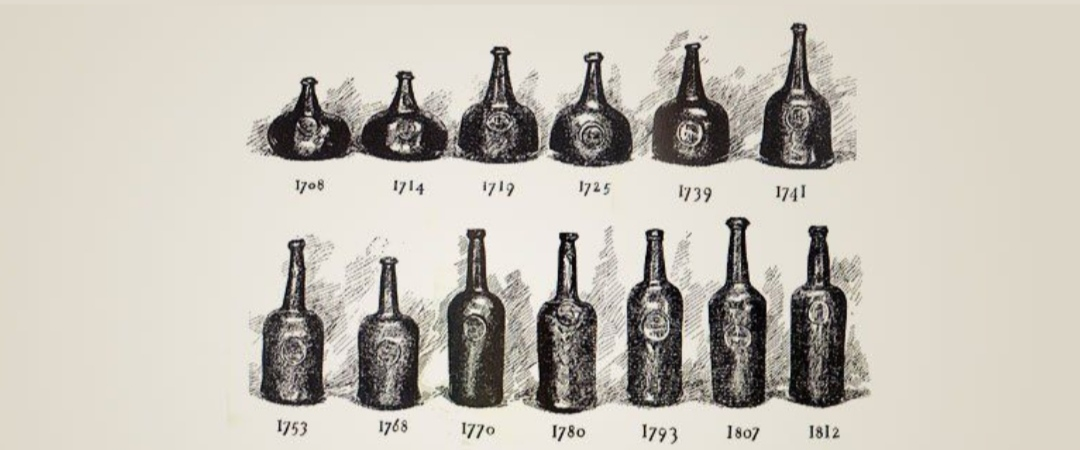Elevate Your Glass Packaging with Estal & Global Package
The art of crafting the perfect bottle can elevate a brand to new heights. In the competitive world of wine and spirits, packaging plays a pivotal role in capturing consumer attention and conveying brand identity. This is where the expertise and innovation of Global Package and the leading-edge designs of Estal converge.
Global Package is the preferred distributor for Estal in the US, working together since 2007. Our partnership brings together a wealth of experience in sourcing, supplying, and designing exceptional glass packaging. Together, we offer a comprehensive solution that empowers wine and spirit brands to stand out on the shelves and connect with their audience.
Estal: A Leader in Glass Packaging Innovation
Estal is a global leader in crafting exceptional glass packaging renowned for its commitment to innovation, quality, and sustainability.
Boasting over 25 years of industry expertise, Estal has honed its craft of design, understanding the unique packaging needs of the wine and spirits market. Their deep-rooted knowledge translates into high-quality, innovative glass bottles that are both visually striking and highly functional.
Their comprehensive suite of packaging solutions includes closures, decorations, and other embellishments. This means they are capable of providing highly customizable glass packaging options.
Global Package: Your Trusted Packaging Partner
Global Package is a leading provider and producer of glass packaging solutions for the wine and spirits industry. With a deep understanding of the market and a commitment to customer satisfaction, we offer a comprehensive range of services to meet your unique needs.
Our expertise lies in sourcing and creating for our clients exceptional glass packaging from renowned manufacturers worldwide and providing innovative custom and exclusive bottle solutions for any brand’s needs. Whether you’re a small boutique winery or a large-scale spirits producer, we have the resources and knowledge to deliver the perfect packaging solution for your brand.
From selecting the ideal glass type to managing the entire supply chain, our dedicated team is committed to exceeding your expectations. We offer a personalized approach, working closely with you to understand your vision and bring it to life.
The Power of Partnership: Global Package and Estal
Our partnership with Estal has only emboldened our position as a leading provider of exceptional glass packaging solutions to the North American market. Our commitment to delivering cutting-edge and innovative packaging options to our clients is exemplified by the fact we are one of a few businesses entrusted to source and supply Estal’s glass bottles. This unique partnership sets us apart as a premier supplier of exceptional glass solutions to the wine and spirits industry.
This powerful partnership combines Global Package’s expertise in sourcing, supply chain management, and customer service with Estal’s design innovation and manufacturing excellence. Together, we deliver comprehensive packaging solutions that elevate your brand and drive business growth.
Doble Alto
Estal’s Doble Alto bottle is a testament to innovative packaging design. Its distinctive double base creates a striking visual impact, elevating the product on the shelf. This unique design not only enhances the product’s aesthetic appeal but also contributes to its shelf presence.
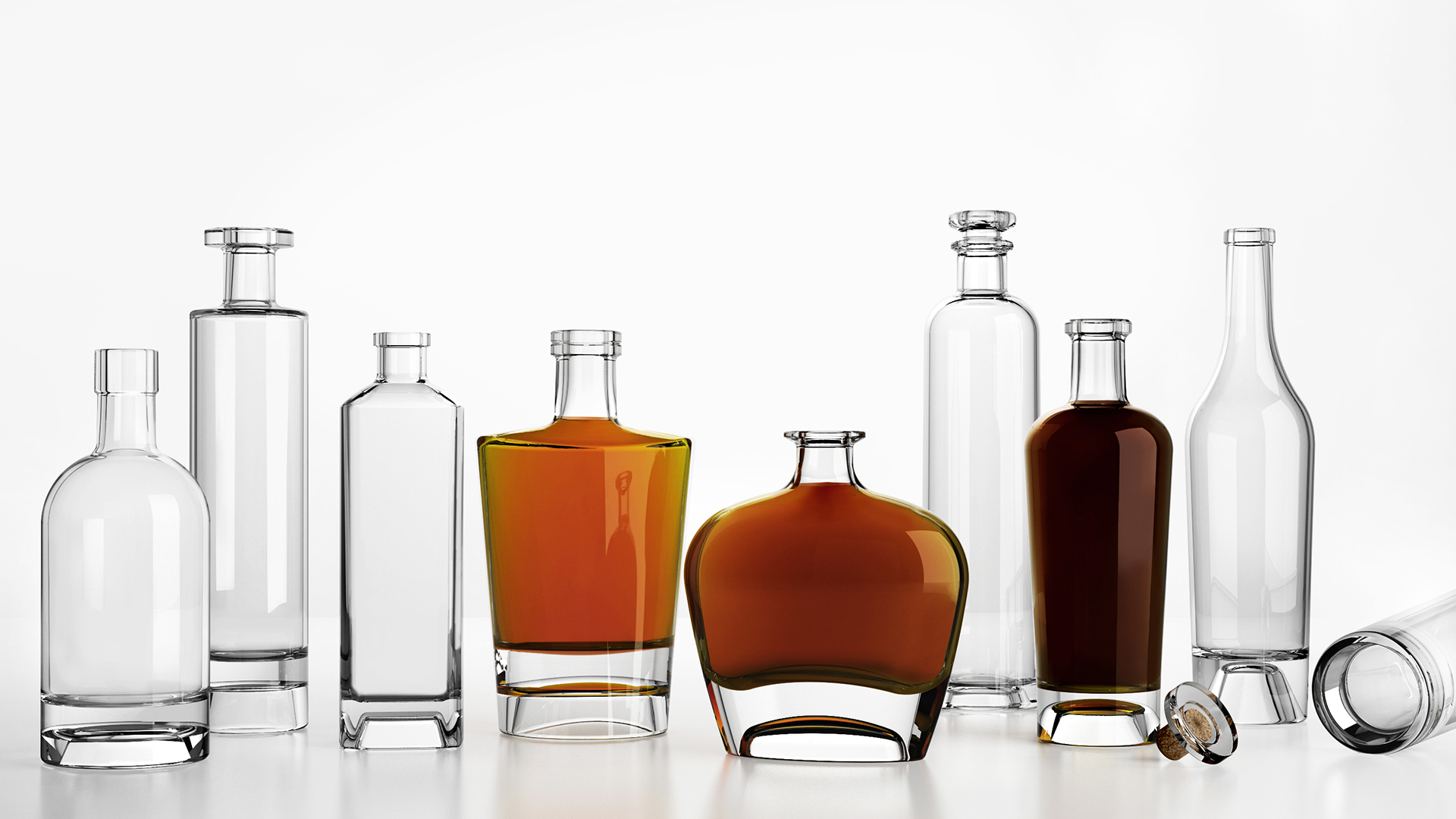
Estal has ingeniously achieved a more elegant bottle without compromising on glass consumption, making it an environmentally conscious choice. Despite its unique design, the Doble Alto remains cost-effective to produce, ensuring that brands can benefit from this exceptional packaging without breaking the bank.
The Doble Alto bottle offers a distinctive platform to showcase your wine or spirit. Its combination of style, sustainability, and affordability makes it an ideal choice for brands seeking to stand out in a crowded marketplace.
Case Study – Old Portero
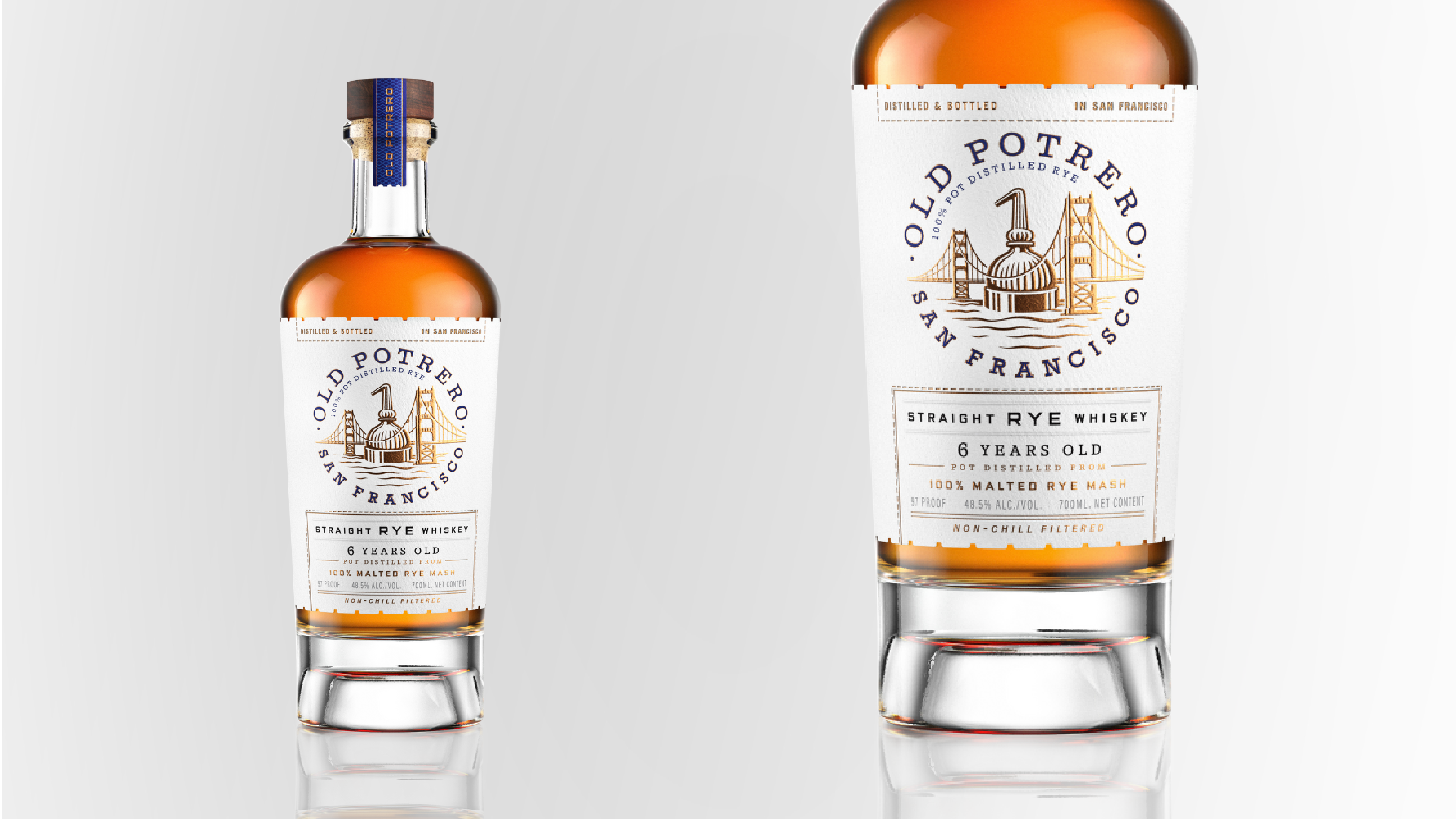
Innovative packaging creates distinctive, eye-catching whiskeys.
Old Potero are pioneers in craft whiskey, blending tradition with creativity. Supplied by Global Package, the use of Estal’s Doble Alto Clarior bottle in a unique 700ml capacity embodies Old Potero’s bold, resilient and creative brand identity.
The Clarior’s elegant form in combination with its unique Doble Alto base impressively elevates the whisky’s packaging, easily standing out on the shelf and effortlessly expressing the sophisticated and innovative spirit of the Old Portero brand.
Sommelier
Estal’s Sommelier collection redefines the wine bottle aesthetic with an elegantly simple design, connecting the ring and neck with a subtle groove.
This signature feature creates a visually striking and cohesive look that elevates the bottle’s overall appearance. Beyond its beauty, the Sommelier offers practical advantages, including a refined anti-drip function and a precise capsule removal line.
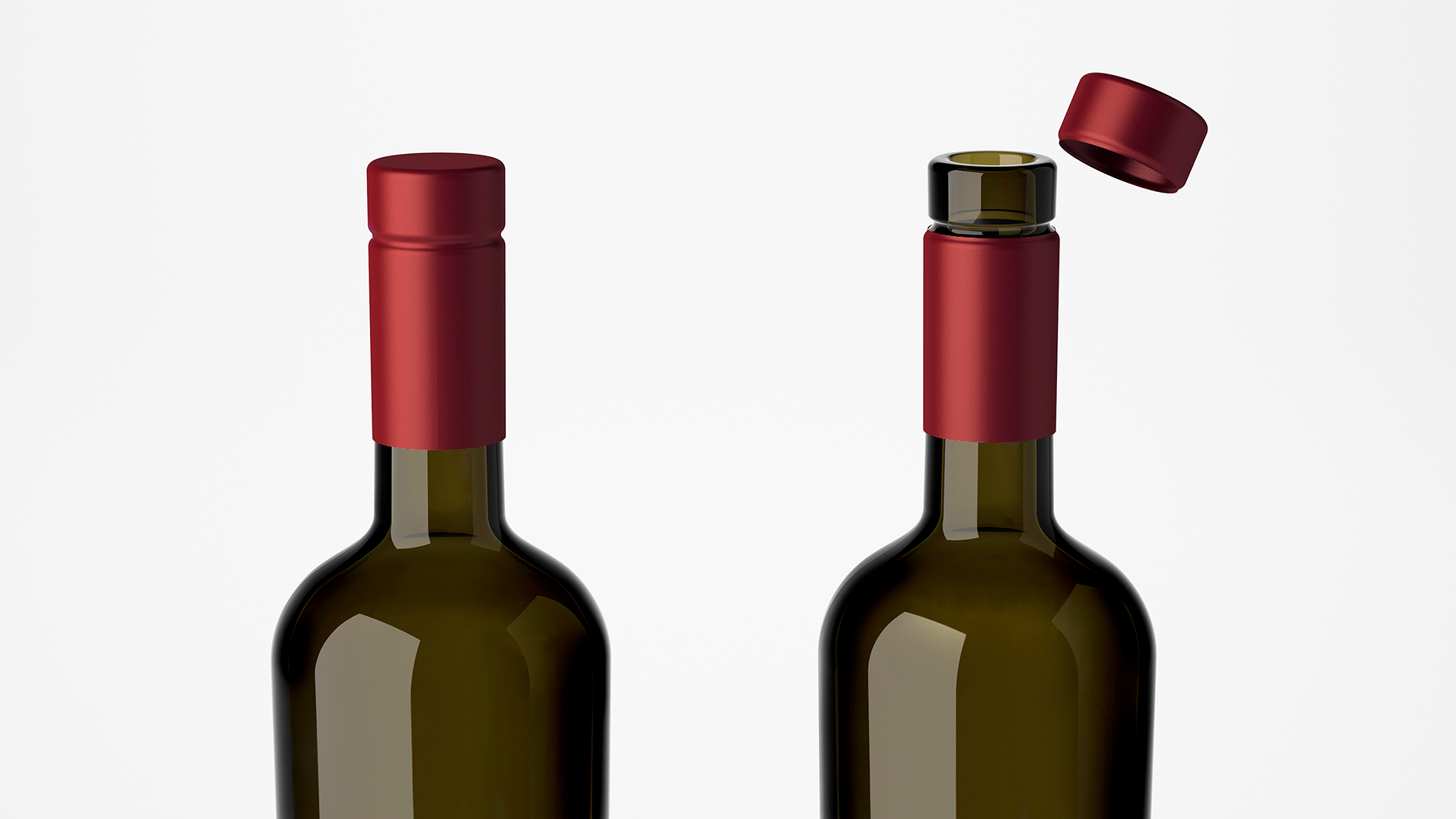
Moreover, the Sommelier’s versatile neck profile provides ample space for creative label designs both with and without capsules. The unique neck profile allows for direct printing along the majority of its length, creating the opportunity for countless creative and impactful designs.
By combining sleek aesthetics with functional benefits, the Sommelier offers a compelling packaging solution for discerning winemakers.
Case Study – Tarpon Cellars
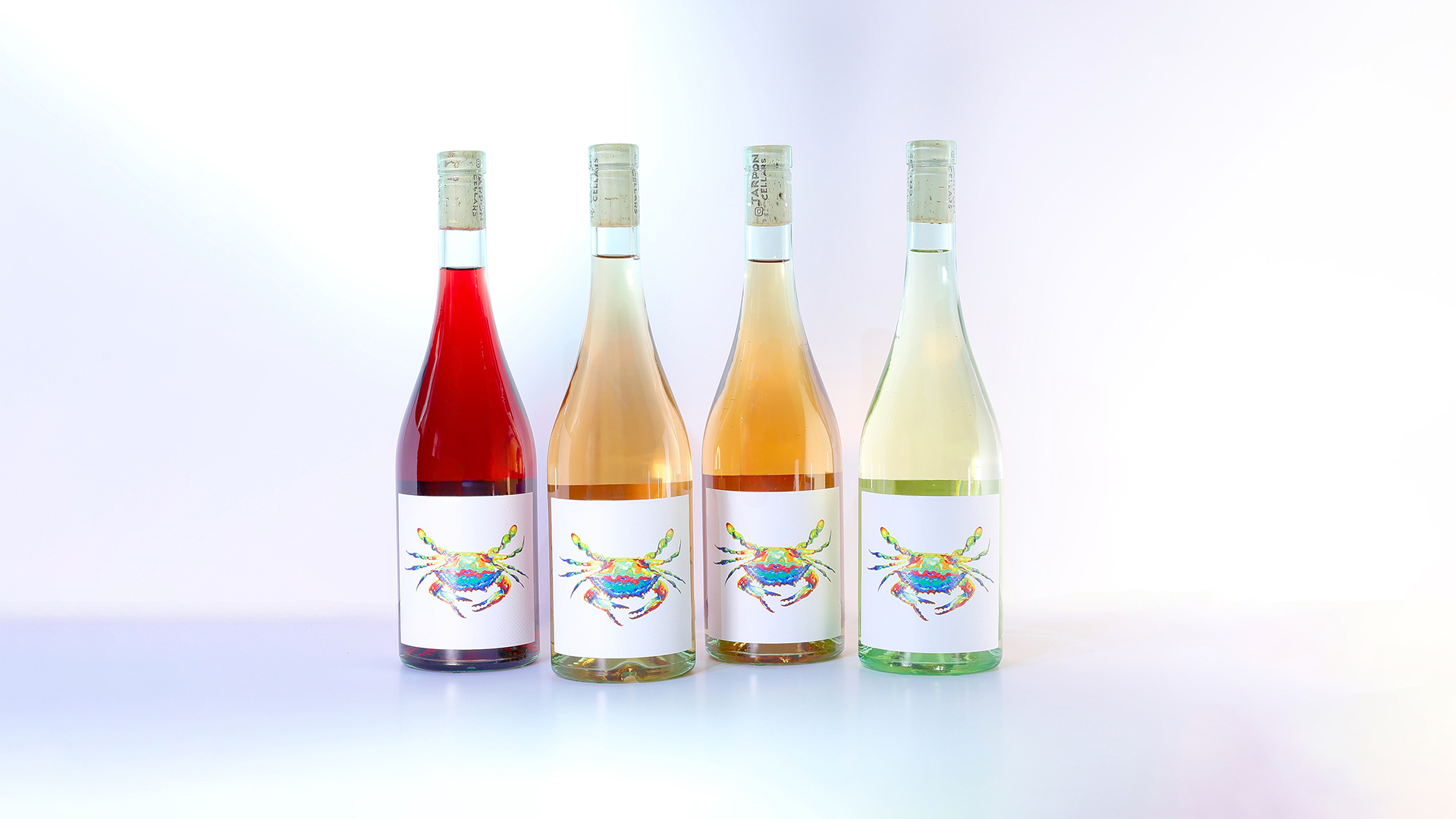
The right packaging can elevate a brand and enhance the consumer experience.
Tarpon Cellars Cambaro embodies a modern, laid-back wine experience. To complement this cool, calm aesthetic, we sourced the BG Essentia from Estal’s Sommelier range.
The bottle’s sleek, minimalist design, featuring a straight neck and clean lines, effortlessly aligns with Cambaro’s brand identity. The Sommelier’s innovative Track-Ring enhances the bottle’s visual appeal while ensuring a flawless, drip-free pour, perfectly capturing the laid-back wine experience that Tarpon Cellars embodies.
Wild Glass
Estal’s Wild Glass range embodies a commitment to sustainability and authenticity. Crafted from 100% post-consumer recycled (PCR) glass, these wine and spirit bottles offer a unique, organic aesthetic with subtle variations in color and texture.
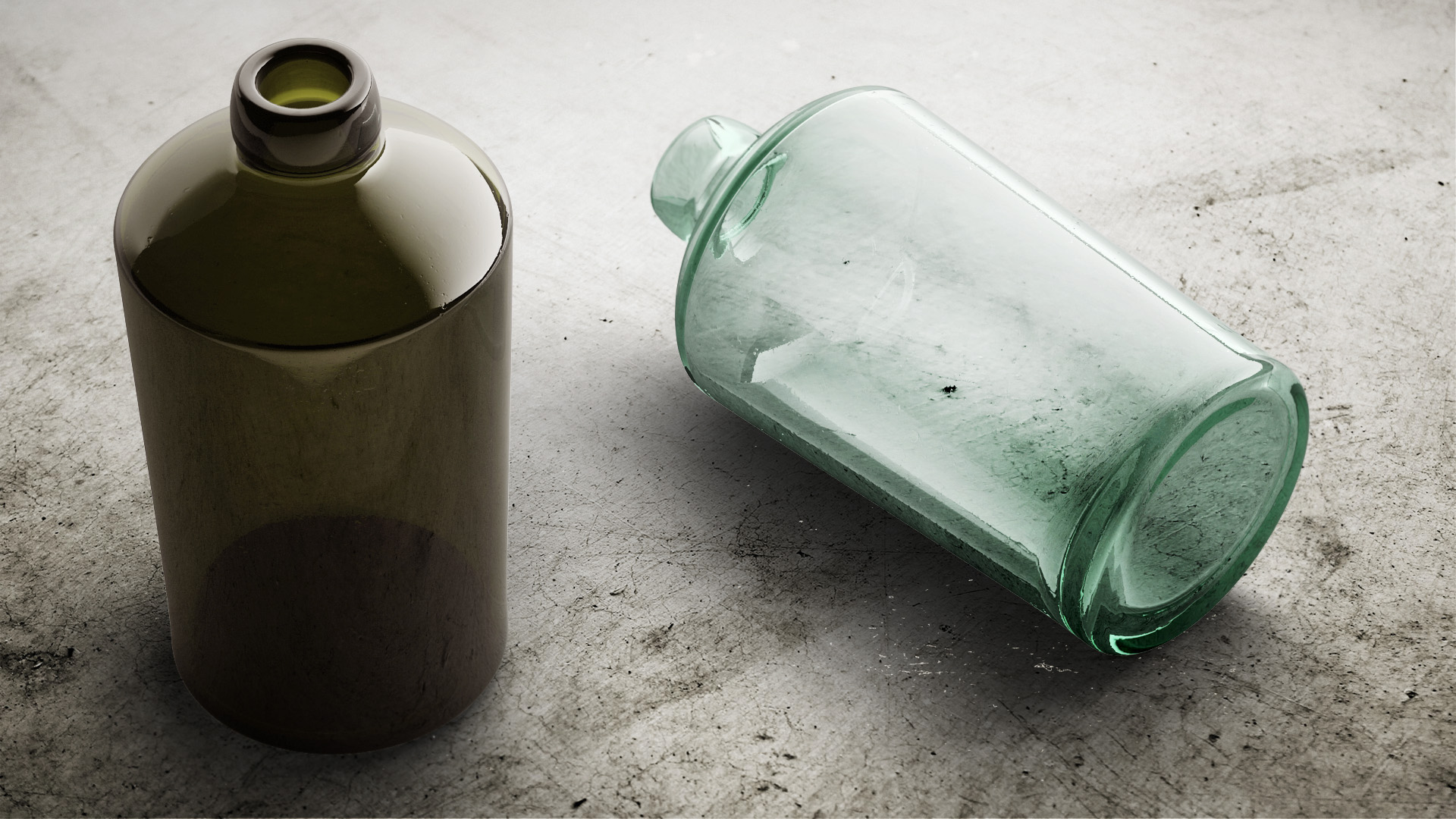
By embracing imperfections, Wild Glass celebrates the circular economy while delivering a visually captivating product. Importantly, Wild Glass maintains the performance standards of traditionally produced glass, ensuring a seamless bottling process without compromising quality or efficiency.
This sustainable choice not only appeals to eco-conscious consumers but also offers brands a distinctive and memorable packaging solution that can be utilized in combination with various Estal ranges.
Case Study – Tarpon Cellars

The embrace of eco-conscious packaging can enrich a brand’s style and complement the consumers desired experience.
Tarpon Cellars Cambero’s blend of Estal’s Wild Glass with the Sommelier bottle collection encapsulates a distinctive look that sets it apart from others both in its design and consumer experience. A large part of Tarpon Cellars brand is its sustainable approach to preserving the beauty of nature which is harmoniously intertwined with the use of Estal’s Wild Glass.
The enhancement of the bottle’s appearance through the embracement of Wild Glass’ imperfections perfectly captures the modern and laid-back style of Tarpon Cellars brand. The use of Estal’s Wild Glass provides a unique wine experience that is conscious of consumers’ desires to embrace an eco-friendly lifestyle without compromising on the quality of their wine experience.
—
The perfect glass bottle is more than just a container; it’s a canvas for your brand story. Our partnership with Estal allows us to offer a diverse range of innovative and sustainable packaging solutions that elevate your product.
From the minimalist elegance of the Sommelier to the sustainable charm of Wild Glass, our collection caters to a variety of brand identities and consumer preferences. Whether you seek a bold statement or a subtle sophistication, we have the ideal glass packaging to complement your vision.
Let Global Package be your partner in crafting a truly exceptional product experience. Fill out our contact form, email us at sales@globalpackage.net, or call us on +1 707 224-5670 to discuss your packaging needs and explore the endless possibilities
